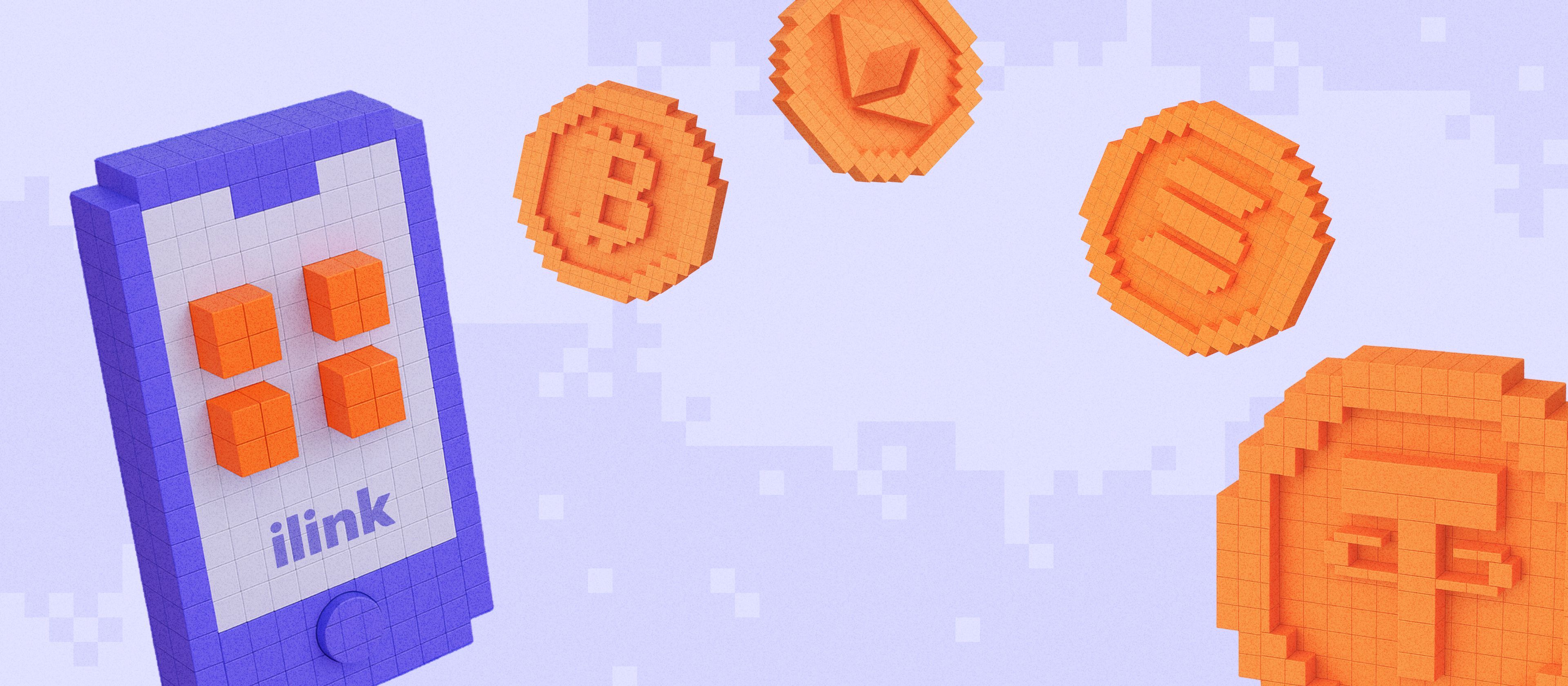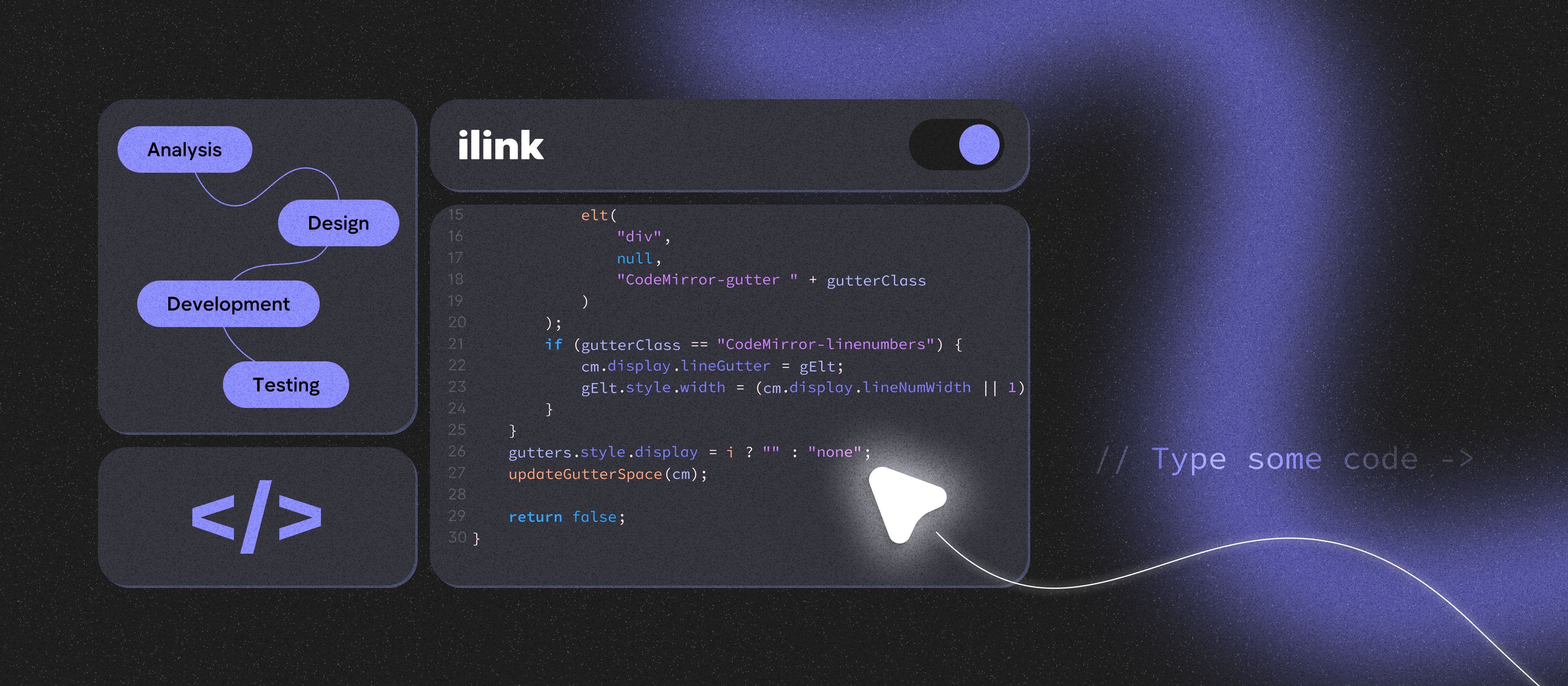Blockchain in Media & Entertainment: Protecting Intellectual Property in the Digital Age
Introduction
In the digital age, protecting intellectual property (IP) has become one of the most significant challenges facing the media and entertainment industries. As content is consumed and distributed more easily across digital platforms, traditional methods of IP protection—such as copyright laws, licensing agreements, and digital rights management (DRM)—are becoming less effective in the face of increasing piracy, unauthorized sharing, and revenue loss. To address these issues, blockchain technology is emerging as a powerful solution to protect and secure digital content, ensuring transparency, traceability, and fair compensation for creators.
The Intellectual Property Challenges in Media & Entertainment
Intellectual property is the lifeblood of the media and entertainment industries, covering everything from music and films to photography and video games. Traditionally, IP protection has relied on centralized systems like copyright registration, licensing agreements, and DRM tools. However, as digital piracy grows and content is shared across multiple platforms, it has become increasingly difficult to monitor, track, and enforce IP rights effectively.
Emerging Challenges:
- Digital piracy. Unauthorized distribution of digital content, such as movies, music, and software, has become rampant. Piracy negatively impacts revenue streams, especially in industries where content is easily copied and shared.
- Content ownership and tracking. As content is distributed through various platforms, ensuring the rightful ownership and compensation for creators becomes a complex, opaque process.
- Revenue loss. Without a reliable way to track the use of their content, creators and production companies struggle to receive fair compensation for the distribution and consumption of their work.
These challenges pose significant risks not only to individual creators but also to the broader ecosystem of production companies, distributors, and consumers.
How Blockchain Works to Protect Intellectual Property
Blockchain technology offers a unique solution to many of these issues. At its core, blockchain is a decentralized and transparent ledger that records transactions in an immutable way. In the context of intellectual property, blockchain provides several key features that make it an ideal tool for protecting digital content:
- Decentralization. Blockchain removes the need for intermediaries by offering a distributed ledger where all content transactions are recorded transparently, ensuring that ownership and licensing data is accessible to all participants without relying on a central authority.
- Transparency and traceability. Every transaction on a blockchain is permanent and visible to all parties involved, providing a clear and unalterable record of content ownership, distribution, and usage. This makes it easier to verify content rights and track how media is consumed across platforms.
- Smart contracts for licensing and royalties. Smart contracts, which are self-executing agreements encoded on the blockchain, can automatically enforce licensing terms and distribute royalties. When a piece of content is used, the smart contract ensures that creators receive fair compensation in real-time based on predefined conditions.
Key Blockchain Applications in Media & Entertainment IP Protection
Blockchain is already being implemented in various ways to address the IP challenges faced by the media and entertainment industries. Here are some of the key applications:
- Content ownership verification. Blockchain allows creators and producers to register their work on a blockchain ledger, providing an irrefutable record of ownership. This can help prevent fraudulent claims of ownership and ensure that creators maintain control over their intellectual property.
- Tracking content distribution. With blockchain, the distribution of content can be traced across various platforms and channels. By recording each transaction on the blockchain, rights holders can see where and how their content is being used, ensuring that they are compensated fairly for every distribution.
- Digital rights management (DRM). Blockchain can enhance DRM systems by ensuring that content access is restricted according to the rights defined by the content owner. Blockchain’s transparency makes it easier to track whether content has been distributed legally or pirated, improving enforcement of digital rights.
- NFTs for digital collectibles. Non-Fungible Tokens (NFTs) are becoming an increasingly popular tool for representing ownership of digital content. Artists, musicians, filmmakers, and game developers can create NFTs to represent their work, offering a unique, tradable asset that certifies ownership and can be sold or transferred securely. NFTs also enable the sale of limited editions, adding a layer of scarcity and value to digital content.
Real-World Use Cases of Blockchain in IP Protection
Several media and entertainment sectors are already adopting blockchain technology to safeguard intellectual property:
- Music industry. Blockchain is revolutionizing the way musicians manage royalties and intellectual property. Platforms like Audioshare and Ujo Music allow artists to register their music on a blockchain, automate royalty payments through smart contracts, and track the use of their work across streaming platforms.
- Film and TV production. Blockchain is streamlining the production process by tracking content distribution, verifying rights holders, and simplifying licensing agreements. Projects like FilmChain are using blockchain to automatically calculate and distribute royalties based on smart contracts, ensuring transparency and fairness for all stakeholders.
- Gaming. Blockchain technology is being used in gaming to protect in-game assets and allow for secure transactions. Blockchain-based games and play-to-earn models use NFTs to represent ownership of in-game items, ensuring that players can prove ownership and trade assets securely.
- Art and photography. Digital art and photography are being transformed by blockchain-based platforms that offer artists the ability to sell their work as NFTs, ensuring the authenticity and scarcity of their creations. Platforms like OpenSea and Rarible are helping artists monetize their work while protecting their rights.
Benefits of Blockchain for IP Protection in Media & Entertainment
The benefits of blockchain technology for IP protection are clear:
- Enhanced security. Blockchain’s encryption and decentralization make it a far more secure solution than traditional IP protection methods, reducing the risk of piracy and unauthorized distribution.
- Fair compensation for creators. With smart contracts, blockchain ensures that creators are paid fairly and promptly, as royalty payments are automatically triggered whenever content is used.
- Cost reduction. Blockchain reduces the need for intermediaries, such as licensing agents, by automating and streamlining IP management processes. This leads to cost savings for businesses and creators.
- Global reach. Blockchain operates across borders, making it easier for creators to protect their work on a global scale. It eliminates the complexities of international copyright laws and ensures that rights holders are compensated no matter where their content is consumed.
Reach out to us today to learn how our blockchain-based solutions can help you safeguard your intellectual property and embrace the future of digital content management.
Overcoming Challenges and Limitations of Blockchain in IP Protection
While blockchain holds immense potential, there are still challenges to overcome:
- Adoption barriers. Widespread blockchain adoption in the media and entertainment industries is still in its early stages. There is resistance to change, and many businesses are hesitant to invest in new technologies due to the costs and learning curve involved.
- Legal and regulatory issues. Copyright laws and IP regulations are still adapting to blockchain technology. Issues like jurisdiction and the enforceability of smart contracts are still unresolved in some regions.
- Scalability and integration. For blockchain to be fully integrated into the media industry, it needs to scale to handle the vast amounts of digital content being produced daily. The technology also needs to be easily integrated into existing IP protection systems.
- User experience. For blockchain to gain widespread adoption, it must be user-friendly. Content creators and consumers must be able to interact with blockchain-based systems without needing deep technical knowledge.
The Future of Blockchain in Protecting Intellectual Property
As blockchain technology continues to mature, its role in IP protection will only grow:
- Technological innovations. New advancements in blockchain, such as Layer 2 scaling solutions and cross-chain compatibility, will make it easier for media companies to use blockchain while reducing transaction fees and improving scalability.
- Industry-wide adoption. As more platforms adopt blockchain for IP protection, the media and entertainment industries will see greater collaboration and interoperability, creating a more streamlined and secure ecosystem.
- Collaborative ecosystems. The future of blockchain in IP protection will involve closer collaboration between creators, production companies, distributors, and regulators to build a more transparent and fair digital content marketplace.
Conclusion
Blockchain is revolutionizing the way intellectual property is protected in the media and entertainment industries. By offering transparency, traceability, and smart contract automation, blockchain enables fair compensation for creators, secure distribution of content, and enhanced security against piracy. While challenges remain, the future of blockchain in protecting IP looks promising, offering the potential for a more secure, efficient, and equitable digital content landscape.
As the media and entertainment industries continue to evolve, embracing blockchain technology will be crucial in safeguarding intellectual property and ensuring that creators receive the recognition and compensation they deserve.
Comments (0)
Latest Posts
When a business should create own cryptocurrency? In this article, we'll discuss the types of cryptocurrency, how to launch, and where crypto generates the most income.
Why businesses need custom web solutions designed for growth - From profitable SaaS platforms to fintech and marketplaces.
Do You Have Any Questions
Leave your details - we will contact you to answer all your questions




